Isabela Padilha
C
Christine Lin
AP European History 🇪🇺
335 resourcesSee Units
The Italian Renaissance
The Renaissance first began in Italy in the 15th century then later spread across Europe with the revival of classical texts and new humanist values. New scientific and secular views began to emerge during this time period. This was known as the time when society evolved from medieval to modern times. The Renaissance in Europe was characterized by growing national consciousness and political centralization, an urban economy based on organized commerce and capitalism, and a growing control of secular thought and culture.
Due to the economy evolving during this period, the creation of city-states, cities which controlled the political and economic life of the surrounding countryside, became prominent. The creation of city-states led to a new social group in Italy: the urban rich. This class consisted of local nobility and the newly rich.
Five major city-states evolved from this time period: Milan, Florence, Venice, Naples, and the Papal States. Oligarchies also emerged during this time and they hired strongmen to maintain law and order in their city-states. They used absolute power, especially in a cruel and oppressive way. The rise of warfare and political turbulence led to the rise of diplomacy, in which despots created embassies and even appointed ambassadors to other city-states.
What led to the emergence of the Italian Renaissance?
The Italian renaissance is characterized by a shift in the way of thinking and the culture of the society of the time. One of the most important factors that led to this revolution was the spread of Greek and Roman texts through the printing press 📃. This device was invented in the mid 15h century had had a huge impact on the spread of ideas and dissemination of knowledge from classical and modern texts. By making other theories, ideas, ideologies available to the people, scholarship stopped being purely theological as it was in the Middle Ages and people began to challenge the legitimacy of the Catholic Church. ⛪️
The Impact of the Italian Renaissance
During the Italian Renaissance, new values of secularism and individualism challenged the teachings of the Catholic Church, institutional powers of universities, artistic and political behaviors. As education shifted towards the teaching of classical texts and new methods of scientific inquiry, everyone was questioning their preexisting realities.
This time period was also characterized by new ideas like naturalism and new techniques of geometric perspective. The concept of patronage and a refocus on art and artistic supports grew. The questioning in the Catholic Church teaching promoted an individualist approach to religion.
People realized that they no longer had to listen to the interpretation of the Bible that the church provided them with and began to come up with their own ideas.
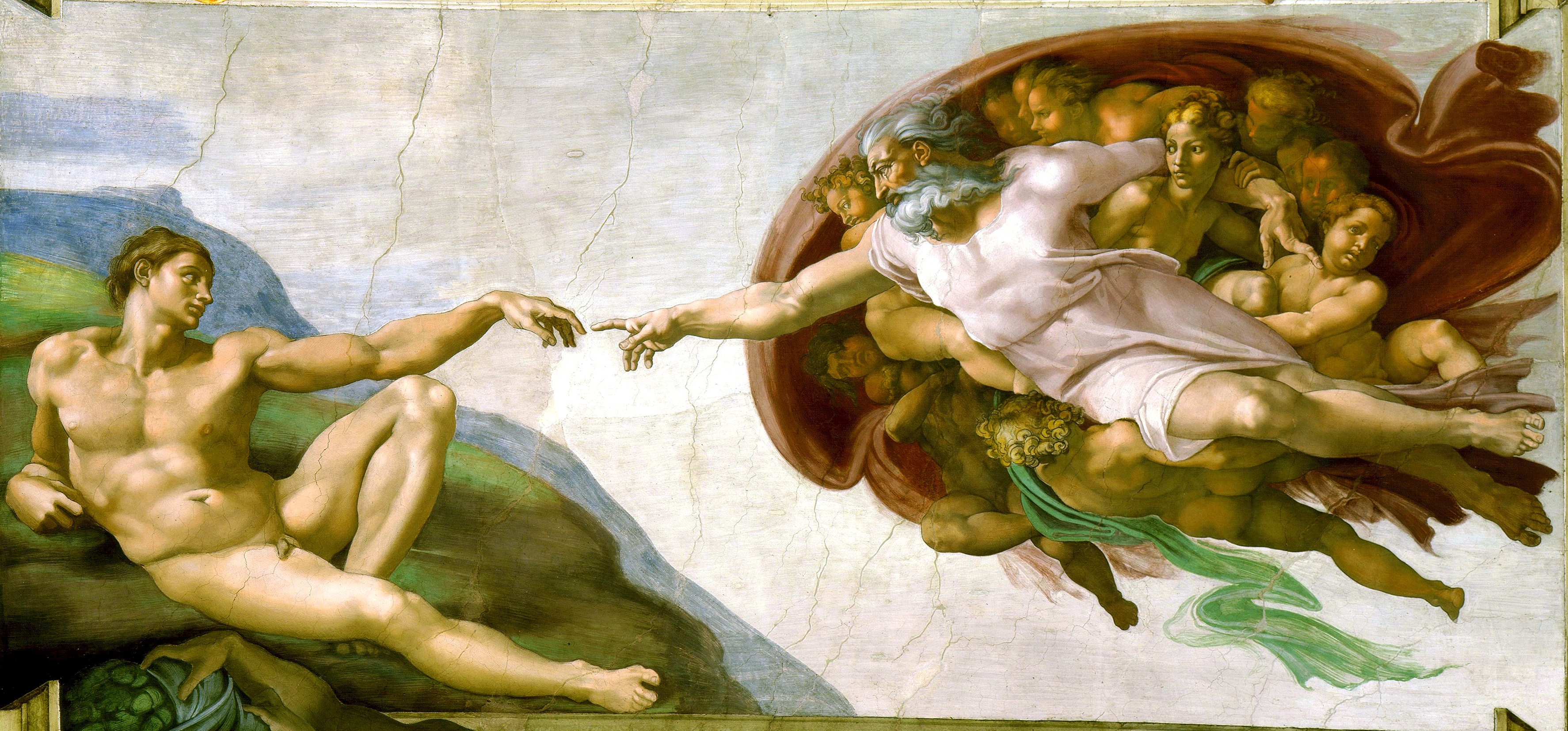
Image Courtesy of Simple Wikipedia
The "humanist" perspective also revolved around the idea of making the "man" the center of the universe and its creations. It also provided the idea of the Reinaissance man, an individual that is well-rounded in many different areas of scholarships and is a source of knowledge.
Here is the art of important Italian Renaissance painters and architects of the time so you can analyze their masterpieces yourself. Notice the common themes and techniques:
- Lorenzo Valla
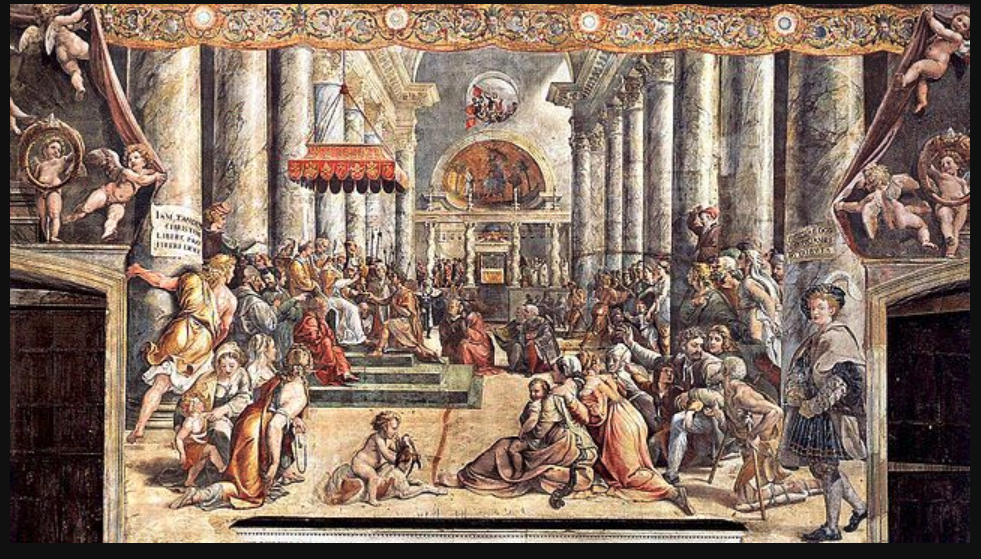
- Michelangelo
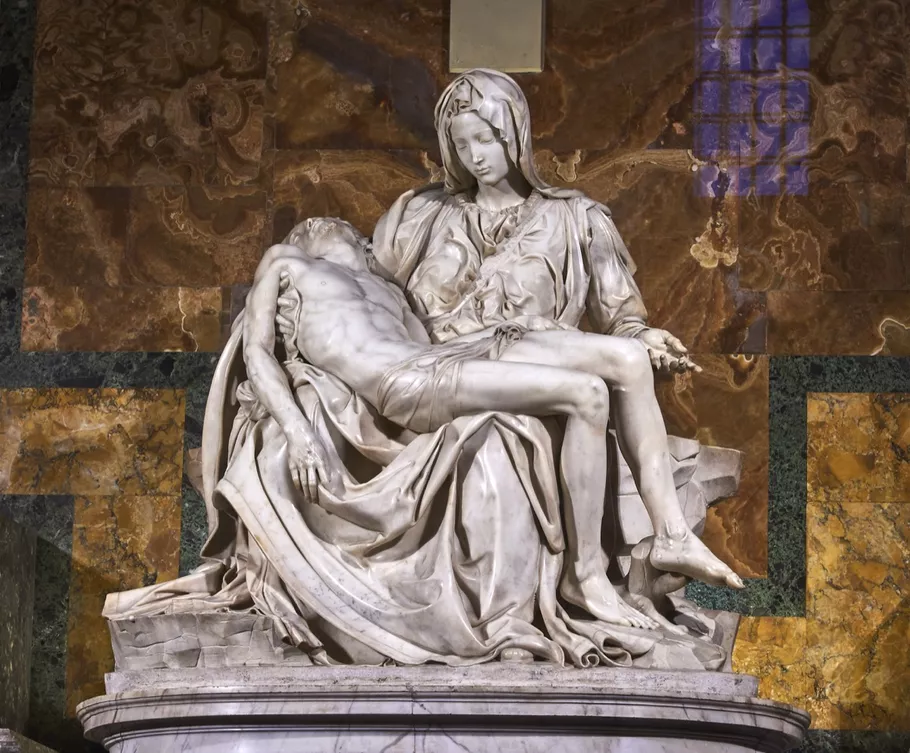
- Donatello
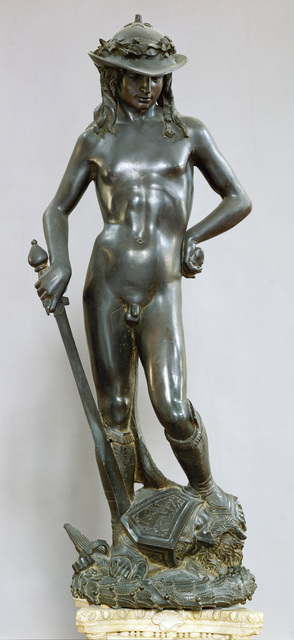
- Raphael
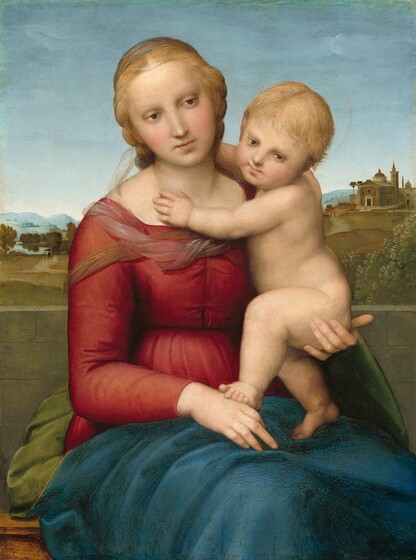
🎥 Watch: AP Euro - Italian Renaissance
Browse Study Guides By Unit
🎨Unit 1 – Renaissance & Exploration
⛪️Unit 2 – Reformation
👑Unit 3 – Absolutism & Constitutionalism
🤔Unit 4 – Scientific, Philosophical, & Political Developments
🥖Unit 5 – Conflict, Crisis, & Reaction in the Late 18th Century
🚂Unit 6 – Industrialization & Its Effects
✊Unit 7 – 19th Century Perspectives & Political Developments
💣Unit 8 – 20th Century Global Conflicts
🥶Unit 9 – Cold War & Contemporary Europe
📚Study Tools
🤔Exam Skills
👉Subject Guides

Fiveable
Resources
© 2025 Fiveable Inc. All rights reserved.